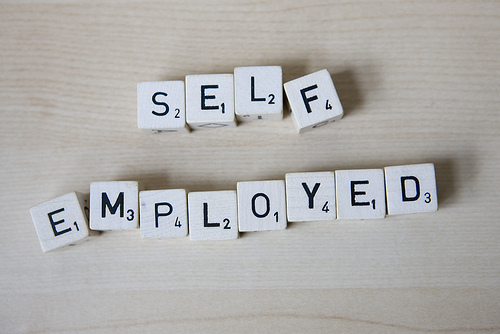Setting up as a self-employed sole trader is the simplest and quickest way to start a business. There isn’t much paperwork to do. There are no registration fees to pay, but you must register with HM Revenue & Customs for tax and National Insurance purposes. Record keeping and accounting is straightforward, and there are the benefits of being your own boss.
This guide explains the consequences of, and the legal requirements for, setting up as a sole trader. You will find out how to meet your tax responsibilities by filling in your Self Assessment tax return each year and paying your tax and National Insurance. Finally, our checklist will help you make sure that you have put your business on a proper legal footing.
Setting up as self-employed
Anyone can set up in business as a sole trader, although for certain types of work you may need a licence or permission from your local authority. Restaurants, childminders, cab drivers and street traders, for example, all need to have a local authority licence. Your qualifications and business premises may be inspected beforehand to ensure you comply with regulations.
Working from home
If you run a business from home, you may have to pay business rates for the part of your home that you use for your business. This mainly depends on whether the business area of your home is also used for domestic purposes. If you simply work on a computer in a bedroom, for example, you will probably not have to pay business rates.
You may need to get planning permission to set up a business at home. For example, if your business could cause a nuisance to your neighbours, or if you intend to do any building work to adapt your home. If in doubt, contact the planning department of your local authority. Read a guide on planning permission on the Planning Service website.
Bear in mind that there may also be restrictions in the deeds of your property or, if you rent, in the rental or lease agreement.
Choosing a name for your business
You can trade under your own name, eg M.Y.Self, or use another business name, eg Peerless Promotions.
If you decide to use a business name, you must make sure that your business stationery displays your name as well as the trading name of the business for example, M.Y.Self, trading as Peerless Promotions.
Your trading name should not be the same as, or too similar to, that of a business which already exists. Be careful that it does not contain words that people might find offensive or misleading. See nibusinessinfo’s guide on how to choose the right name for your business.
Read more: nibusinessinfo.co.uk




